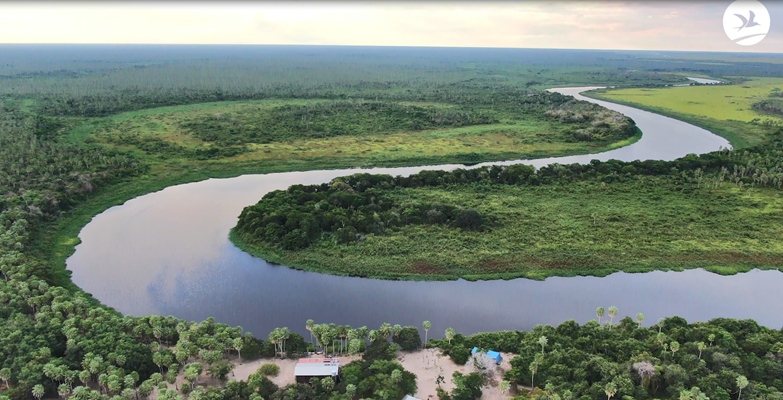- 000
million people depend on the Atlantic Forest's ecosystem services
- 000,000
ha forest will be restored and protected
Where
Barsília, BrazilFocus area
BiodiversityDuration
2023 - 2026Economy
DKK 12 million
Prime partner: BirdLife International
Objectives
- Increase the coverage of municipal, provincial and private protected areas within Key Biodiversity Areas and their buffer zones to protect critical habitat and maintain viable populations of key globally threatened species.
- Develop edu-communicational infrastructure, materials and experiences on BirdLife partner reserves and online to promote forest-friendly local and municipal development models.
- Remove barriers and explore incentives to drive ecological restoration and sustainable agroforestry in and around Key Biodiversity Areas and Green Corridors.
- Increase the capacity of government agencies to tackle illegal deforestation and wildlife trade.





